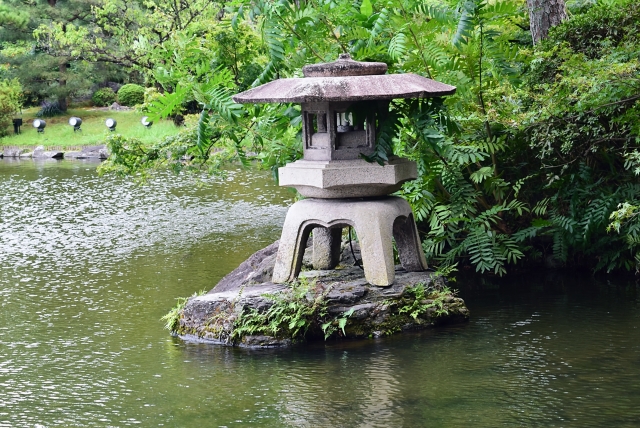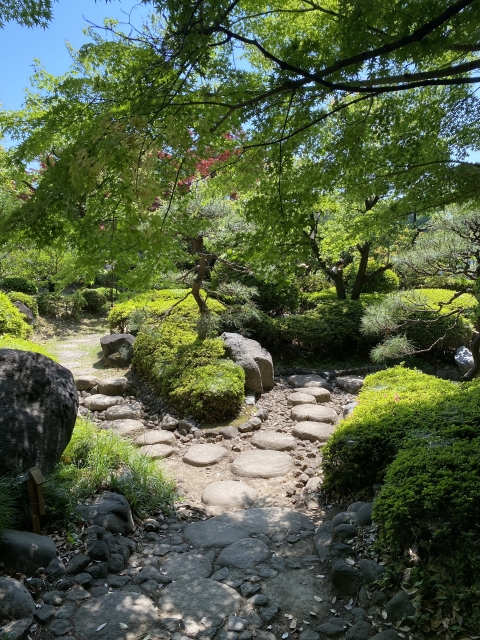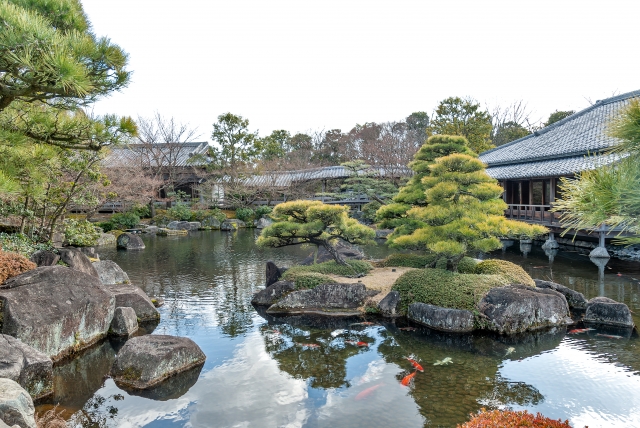Japanese gardens (Nihon teien) are more than just beautiful landscapes; they are profound expressions of Japanese tradition, culture, and philosophy. Each element in a Japanese garden is carefully chosen and arranged to reflect the beauty of nature and create a harmonious space that fosters a deep connection with the environment. In this blog, we will explore the essential elements of Japanese gardens, focusing on key concepts like wabi-sabi, intentional design, nature, tradition, and communication.
Harmony with Nature
At the heart of Japanese gardens is the desire to emulate and enhance the natural world. Every stone, plant, and water feature is selected to mimic the organic flow of nature. Unlike Western gardens, which often emphasize symmetry, Japanese gardens embrace asymmetry and imperfection, reminding us of nature’s unstructured beauty.
The use of elements such as streams, ponds, and stones mirrors natural landscapes. Stones may symbolize mountains or islands, while water represents rivers or seas. In dry gardens (kare-sansui), gravel is raked into patterns that evoke flowing water, emphasizing a seamless blend between representation and imagination.

The Philosophy of Wabi-Sabi
A cornerstone of Japanese garden design is wabi-sabi, an aesthetic philosophy that finds beauty in imperfection, impermanence, and simplicity. Wabi refers to understated and humble beauty, while sabi highlights the charm of aging and the passage of time. Together, they encourage us to appreciate the transient and imperfect aspects of life.
In Japanese gardens, wabi-sabi can be seen in weathered stones, moss-covered paths, and the deliberate choice of irregular or asymmetrical shapes. These features remind us of the beauty found in natural imperfection and encourage a meditative mindset.

Intentional Yet Natural Design
An important characteristic of Japanese gardens is their intentional yet seemingly uncontrived design. This principle ensures that every element is carefully planned while appearing naturally placed. This balance creates an authenticity and spontaneity that are central to the garden’s appeal.
For example, pathways are often designed with uneven stepping stones to slow the visitor’s pace, encouraging mindfulness and appreciation of the surroundings. Similarly, plants and trees are pruned to highlight their natural shapes while maintaining aesthetic harmony.

Tradition and Cultural Significance
Japanese gardens are deeply rooted in tradition and reflect centuries of cultural evolution. From the aristocratic gardens of the Heian period to the Zen-inspired karesansui gardens of the Muromachi period, these gardens are living testaments to Japanese history and values.
The tea garden, for example, incorporates elements that prepare visitors for the serene experience of the Japanese tea ceremony. Lanterns, water features, and modest pathways create a tranquil environment that fosters reflection and respect for tradition.
Communicating through Nature
Japanese gardens function as a form of nonverbal communication, conveying ideas and emotions through their design. They express harmony, balance, and the interconnectedness of all things. Visitors often reflect on the impermanence of life and the beauty of the present moment as they walk through these spaces.
Furthermore, Japanese gardens are places that foster connections not only with nature, but also with others. In traditional settings, these gardens served as gathering places for cultural exchange, socializing, or spiritual meditation.
Conclusion
The essential elements of Japanese gardens – harmony with nature, embodiment of wabi-sabi, intentional design, deep tradition, and the ability to convey profound ideas – make them unique and inspiring spaces. They are not only physical expressions of Japanese aesthetic values, but also places that encourage mindfulness, connection, and a deep appreciation for the world around us.
By understanding these core principles, we may deepen our appreciation for Japanese gardens and further apply their lessons to our own lives and environments.


